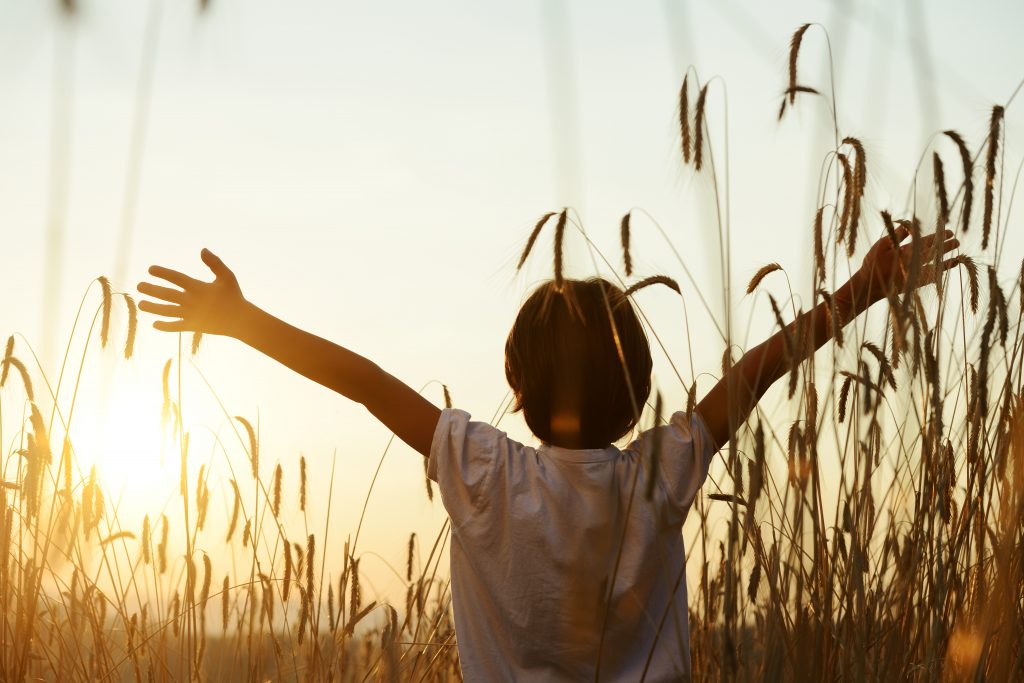On January 31, 2022, Humanium proudly submitted recommendations to the Special Rapporteur on the trafficking of persons, especially women and children, which are to be included in his Report and presented during the 50th session of the Human Rights Council. This proposal document is of utmost importance as it seeks to end human trafficking in agriculture by elaborating on prevention and protection strategies, as well as taking special consideration the inherent vulnerabilities of children themselves.
Children’s rights are human rights
Children possess all human rights, with additional child rights, including the right to be protected by adults – and adults’ corresponding obligation to protect children. In this specific context, every child has the right to safety – to be free from violence such as abuse, exploitation, and trafficking.
The peculiarly vulnerable position of children in the context of child trafficking’ is covered by the definition of Article 35 of the Convention on the Rights of the Child – “the CRC” – that states: “The government should take all measures possible to make sure that children are not abducted, sold or trafficked” (UN CRC, 1989). Trafficking is a violation of a child’s rights and denies them the opportunity to reach their full potential (Unicef, 2016).
Notwithstanding the actual legal framework, according to global estimates, 30 to 50% of all trafficking victims are children under 18 years of age. Traffickers can easily take advantage of their vulnerable status and they may lure children and/or their parents into leaving their homes with the promise of a better life (UNODOC, 2021). Specifically, about 59 % of all children aged 5–17 who are victims of trafficking, work in the agricultural sector and are particularly prone to unsafe conditions and hazards threatening their health and their physical and mental development (ILO, 2017).
Humanium’s recommendations to the UN
Humanium has strongly recommended strategies for effective prevention and protection against the trafficking of children and their families. In particular, Humanium recognizes that as a part of the prevention measures, it is important to enhance the delivery of basic services for vulnerable groups. What is implied under basic services are education, social protection, employment, labor safeguards and health. Reinforcing the delivery of these basic services in areas with high levels of victimization represents an ancillary but effective way to prevent trafficking (The World Bank, 2009).
Humanium also recommends improving the access to the justice system for trafficked victims as it empowers the vulnerable people to assert, enforce and access their individual and property rights, particularly by reinforcing their two fundamental aspects – the right to information and victim protection.
In this call for inputs, Humanium also made an important referral to the interaction between climate change and human trafficking. Indeed, human trafficking is an unintended but direct consequence of climate change (Center for Biological Diversity, 2018). It has been reported that the impacts of both slow-onset environmental degradation and sudden-onset disasters contribute to mobility, and, in 2020 alone, there were an estimated 9.8 million climate-related displaced children (Unicef, 2021).
Humanium has carefully identified and presented to the Special Rapporteur some specific elements on which states and other stakeholders should put their focus at the moment. If combined with the existing legal system of protection against trafficking, this could mitigate the impact of climate change on the trafficking of entire families and their children. In fact, although there is already a solid legal framework against the trafficking of children, this does not fully take into account the aspects related to climate change.
Humanium’s continued efforts in ensuring children’s protection
Humanium firmly believes that the fulfillment of specific human rights, essential to a dignified life, depends on a healthy and protected environment and formally calls for a multilevel, multi-sectoral international cooperation, of which all state and non-state actors must necessarily be a part.

Humanium is proud to continue its work towards achieving a world where human trafficking is effectively eradicated and where children’s vulnerabilities are protected and never again exploited. If you too would like to contribute to the fulfillment of children’s rights around the world, consider making a donation, becoming a Humanium member or joining the Humanium community by becoming a volunteer.
Written by Federica Versea
Bibliography:
Center for Biological Diversity. (2018). The Surprising Link Between Climate Change and Human Trafficking. Taken from The Revelator: https://therevelator.org/climate-change-human-trafficking/, accessed on January 28, 2022.
ILO. (2017). Global Estimates of Child Labour: Results and Trends, 2012-2016. Taken from ILO International Labor Organization: https://www.ilo.org/wcmsp5/groups/public/—dgreports/—dcomm/documents/publication/wcms_575499.pdf, accessed on January 22, 2022.
The World Bank. (2009). Human Trafficking: A Brief Overview. Taken from Social Development Notes: Conflict, Crime and Violence: https://documents1.worldbank.org/curated/en/166101468315536553/pdf/546830BRI0SDN01C10Human0Trafficking.pdf, accessed on January 14, 2022.
Unicef. (2016). Child Rights Protect Children from Trafficking: Send the CRC. Taken from Unicef: https://www.unicefusa.org/stories/child-rights-protect-children-trafficking-send-crc/30227, accessed on January 22, 2022.
Unicef. (2021). Children uprooted in a changing climate. Taken from Unicef: https://www.unicef.org/environment-and-climate-change/migration, accessed on January 14, 2022.
UNODOC. (2021). GLOBAL REPORT ON TRAFFICKING IN PERSONS 2020. Taken from UNODOC United Nations Office on Drugs and Crime: https://www.unodc.org/documents/data-and-analysis/tip/2021/GLOTiP_2020_15jan_web.pdf, accessed on January 28, 2022.


